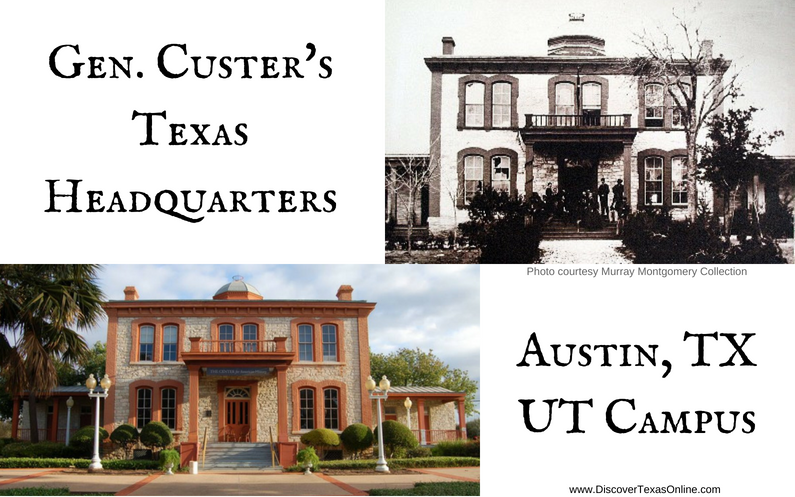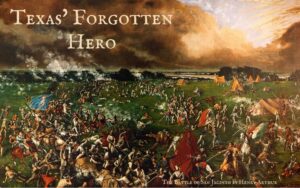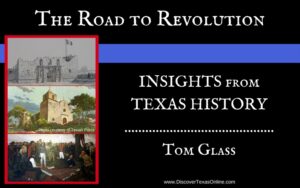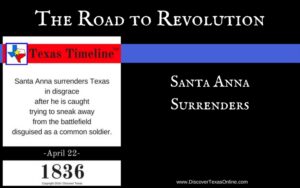 This building on the University of Texas campus has always held special interest for me because when I was six years old, my daddy worked in this building. Because our family only had one car at the time, we drove him to work at least once a week and picked him up again so that my mother could have the car to do her weekly shopping. (Yeah, I’m that old. And yeah, you can survive with one family car. *wink*) I might still be able to find his office, because as we walked past each converted room, I used to try to imagine where the General’s little girls had slept…if he had any little girls when he lived in Austin. (He didn’t. Custer and his wife, Elizabeth, had no children.)
This building on the University of Texas campus has always held special interest for me because when I was six years old, my daddy worked in this building. Because our family only had one car at the time, we drove him to work at least once a week and picked him up again so that my mother could have the car to do her weekly shopping. (Yeah, I’m that old. And yeah, you can survive with one family car. *wink*) I might still be able to find his office, because as we walked past each converted room, I used to try to imagine where the General’s little girls had slept…if he had any little girls when he lived in Austin. (He didn’t. Custer and his wife, Elizabeth, had no children.)
The building was originally used by the State Blind Asylum, a private school established in 1856 and originally housed in the Neill-Cochran House (which is now a museum). The school moved into their new permanent facility in late 1857 and, I believe, still owned the building when the Fifty-third Texas Legislature transferred authority over the school and its property to the Texas Education Agency almost a century later. My daddy worked with an experimental branch of Texas education in the mid-1960s. That’s how he came to work in this building, which is still visible from I-35 as you cross Martin Luther King Blvd. It was from the front porch of this building that he watched the commotion during the infamous massacre from the University of Texas clock tower, but I digress.
When this building was just barely 4 years old, the Civil War broke out in 1861. The war ended in 1865, and General Philip H. Sheridan assigned George Armstrong Custer, who had become quite popular as a young Union general, to the Reconstruction effort. Custer spent only 5 months in Texas, in Hempstead and in Austin, but found time to pose with his staff and their wives for a photo on the front porch of the State Blind Asylum, which they commandeered for their headquarters. His troops camped far less comfortably on the banks of Shoal Creek, roughly parallel to MoPac on the west side of the city now.
Ten years later, on this day in 1876, Custer and 265 soldiers of the Seventh U.S. Cavalry were wiped out at the Battle of the Little Big Horn, so today seemed as fitting a time as any to write about this little-known chapter of Texas history.
George Custer was both hated and admired in the North and in Texas. If you’re a fan, you might enjoy this Facebook Page dedicated to Custer’s exploits on the Plains.



